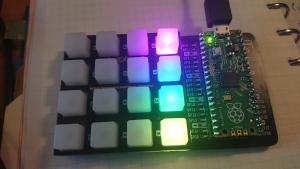As a newcomer to Sphinx, I found many things confusing, but the table of contents or “toc” configuration was the thing that almost made me change my mind and pick a different platform! I now have a setup that works pretty well, using Sphinx External TOC, so I thought I’d share my setup. Continue reading
13 Jun
2021


